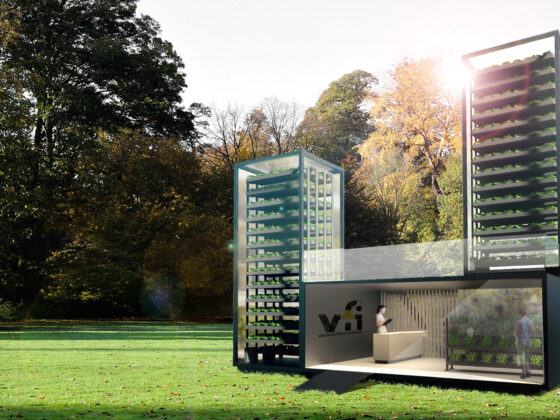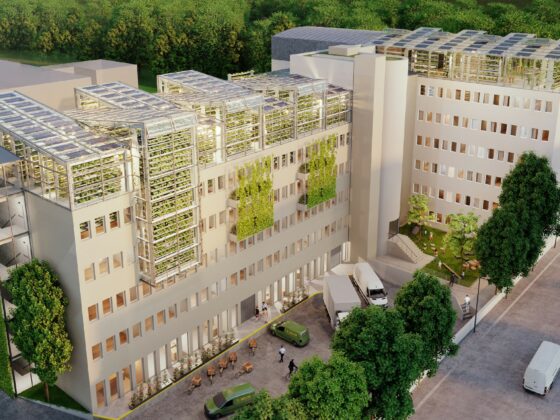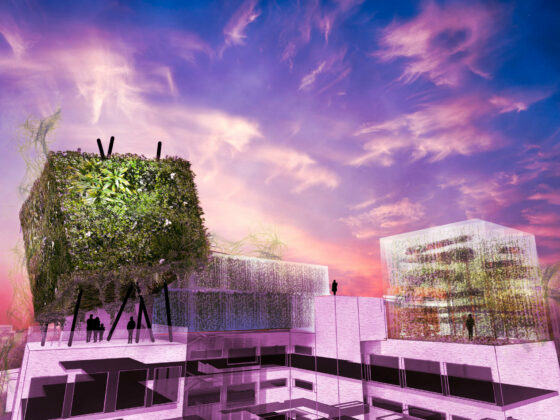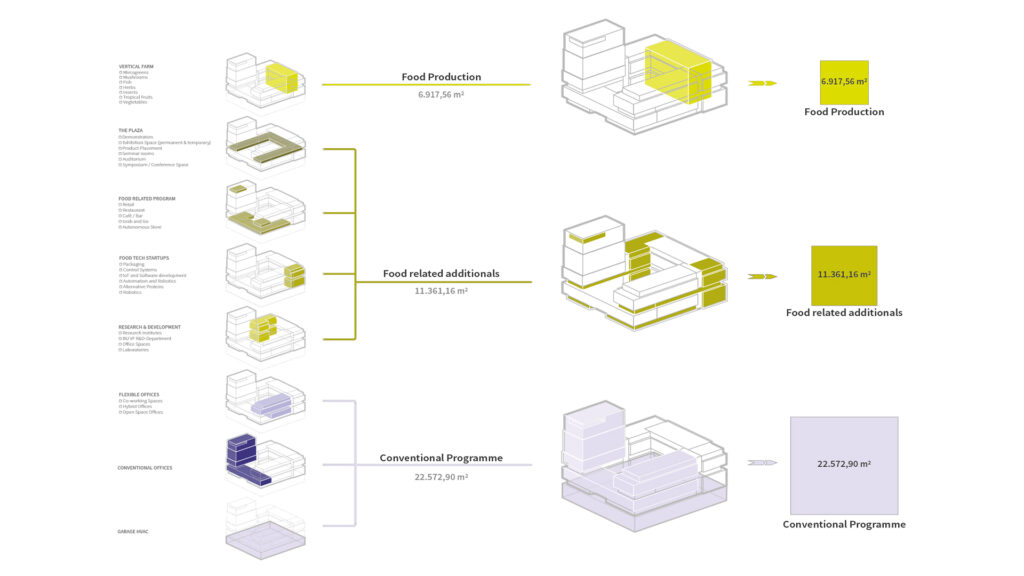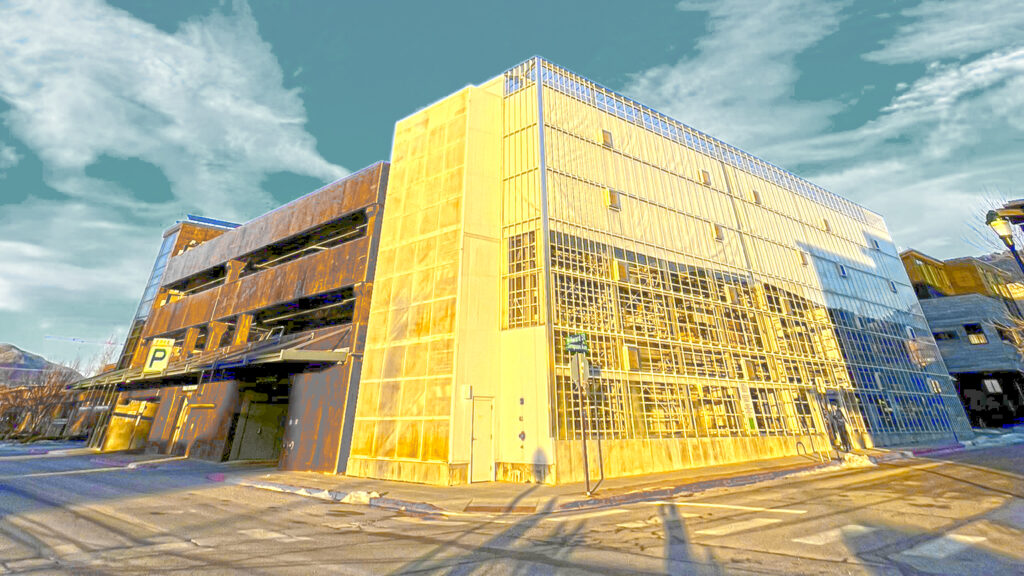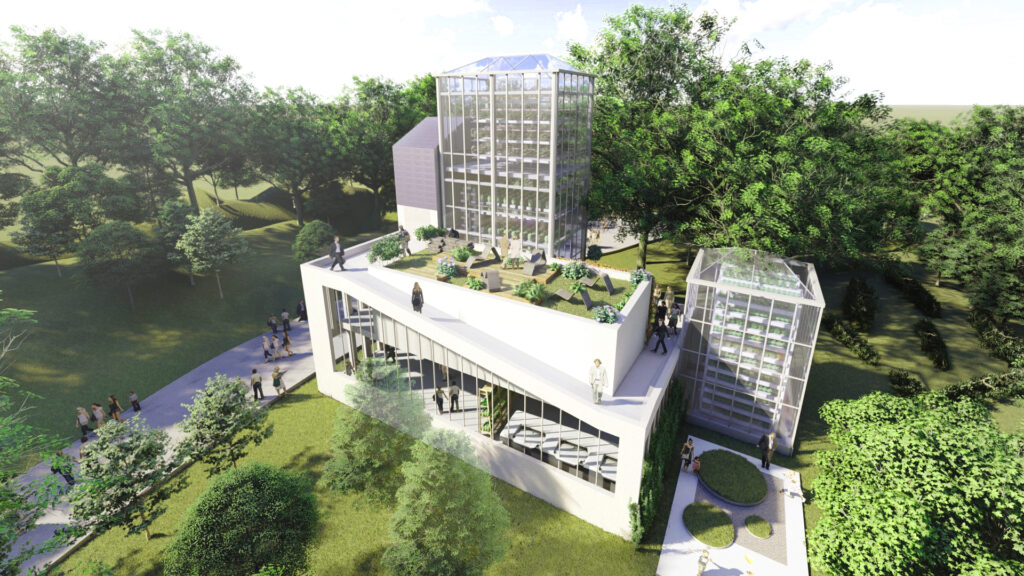Consulting and research activities have been gaining exponentially in importance for several years - especially to enable the measurability of sustainability figures.
This is currently increasingly demanded at the international political level (ESG) - and also on the part of far-sighted, sustainability-oriented investors, there is a growing realization that the production of healthy food must once again increasingly move to the side of the consumer, not least in order to ensure food security with regard to new challenges in terms of the supply chain, which influences procurement and pricing. But also to provide access to healthy food for all, thereby strengthening local socio-economic networks (keyword COVID-19) and building resilience/resilience in our society. Urban agriculture is thus becoming increasingly important for urban planning and policy.
Research results from the vfi show potentials on how cities can incorporate urban agriculture into their policies and, for example, activate vacant land for food production. In addition, concepts for new building typologies - vertical farms - can open up new business areas and, at the same time, jobs for new occupational groups, thus making a positive contribution to moving closer to the Global Sustainable Development Goals.
